NUR302: Written Piece Assignment Help

Question
NUR302: In this Leadership in Clinical Practice NUR302 assessment for University of Sunshine Coast, a clinical case scenario is presented for which the student is required to critically analyze the role of leadership demonstrated by the Nurse within the nursing practice. The assignment should also demonstrate an in-depth analysis of how the nurse prioritized patient care, delegated responsibilities among the team members, and portrayed leadership skills by providing supervision to the nursing team.
Solution
The case study provided in the assignment revolves around a hectic shift covered by one of the registered nurses- Raj Patel. Raj exhibits the role of a team leader in the facility where he works. Some of the challenges faced by Raj include absence of the clinical and general managers and a risk of norovirus infection within the dementia team.
The solution provides a written piece demonstrating a critical analysis of the leadership role exhibited by Raj in supervising and managing the team members and patients. The solution depicts a table portraying Raj’s schedule and the considerations taken by him in managing the nursing team. Additionally, our experts have conducted a critical analysis of the case provided to examine the leadership portrayed by Raj.
Firstly, our experts have presented Raj’s staffing decisions and considerations to provide a structured and clear understanding of the leadership decisions taken by Raj and the reasoning behind them in the clinical scenario provided.
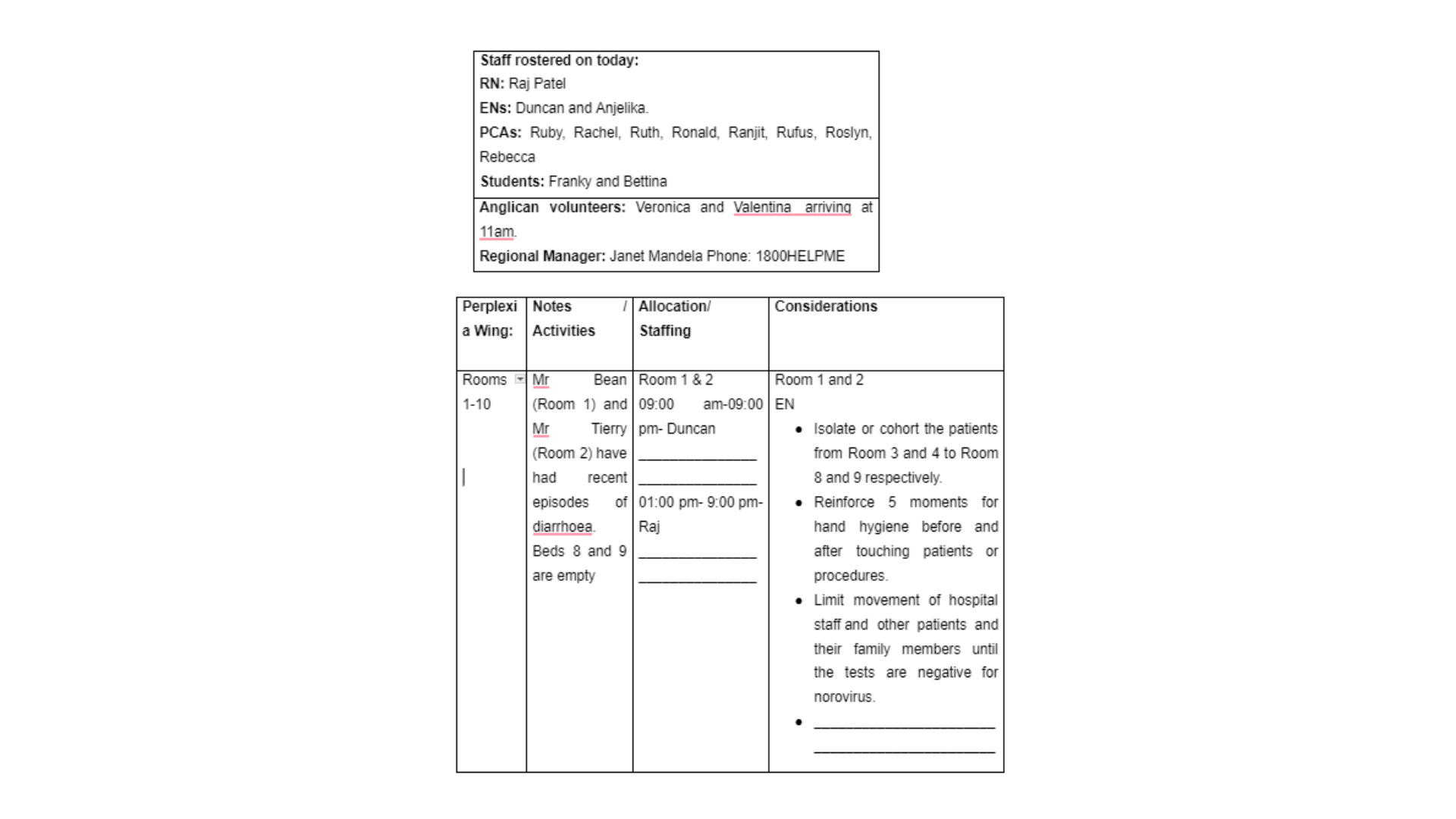
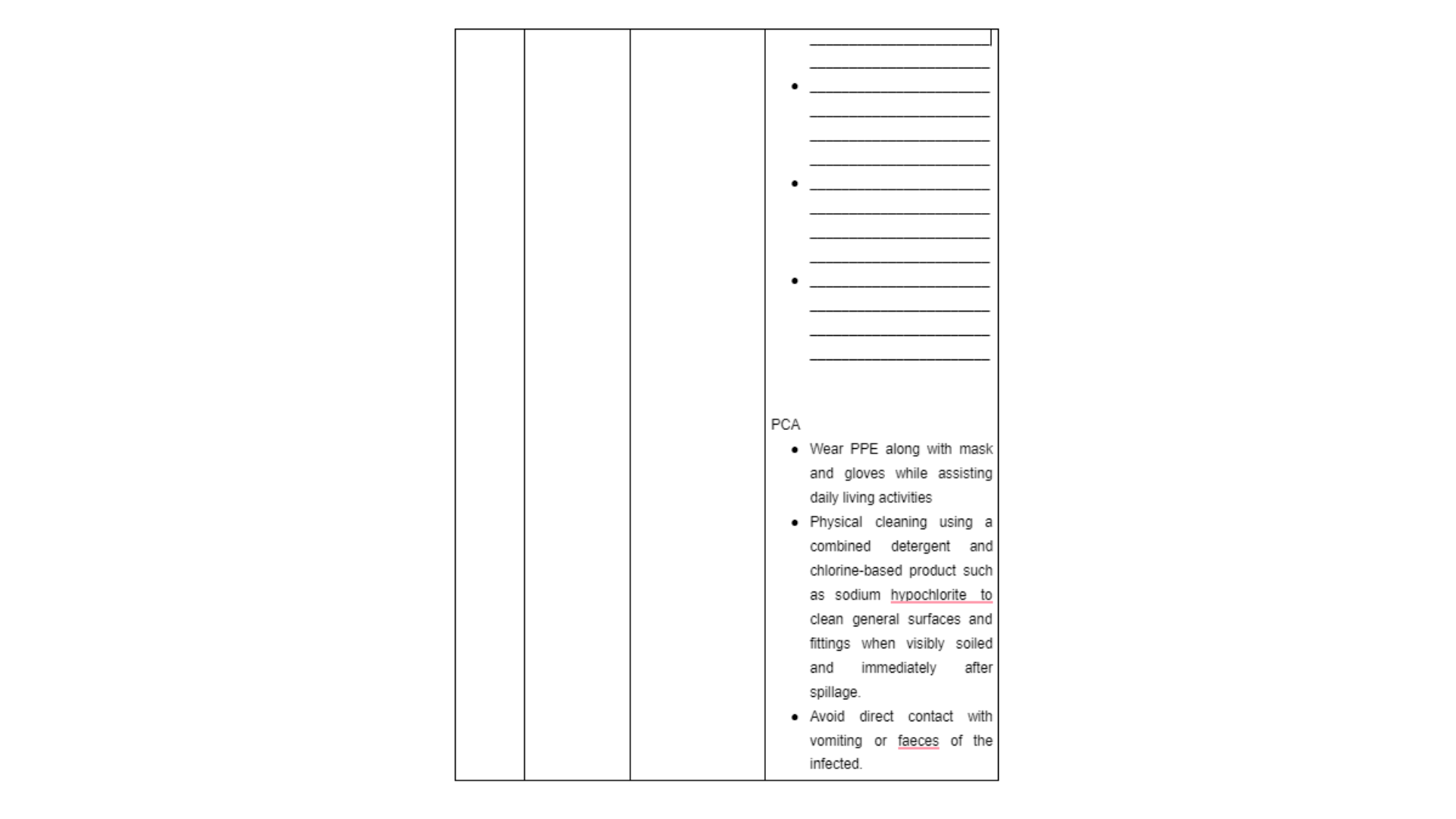
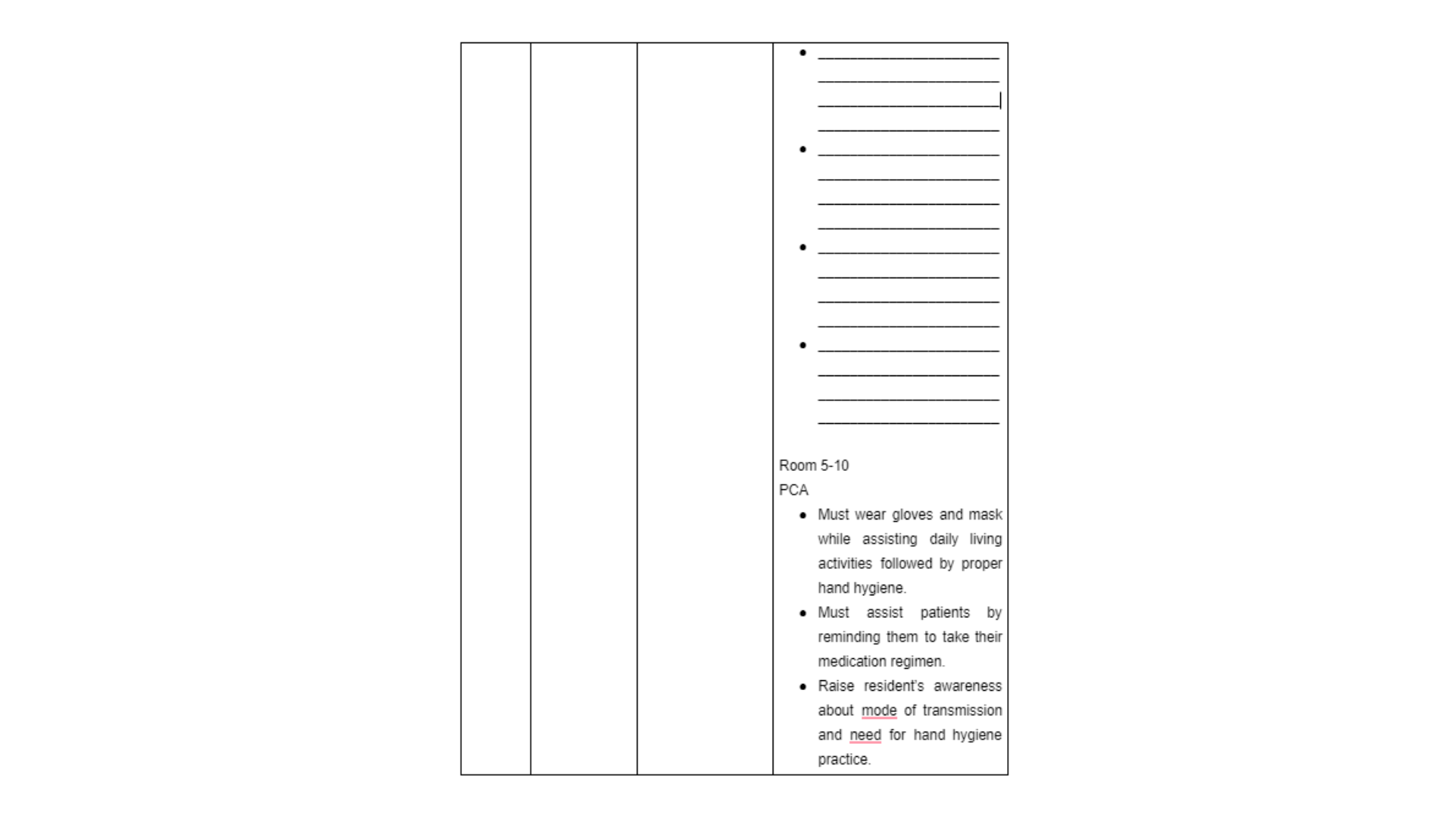
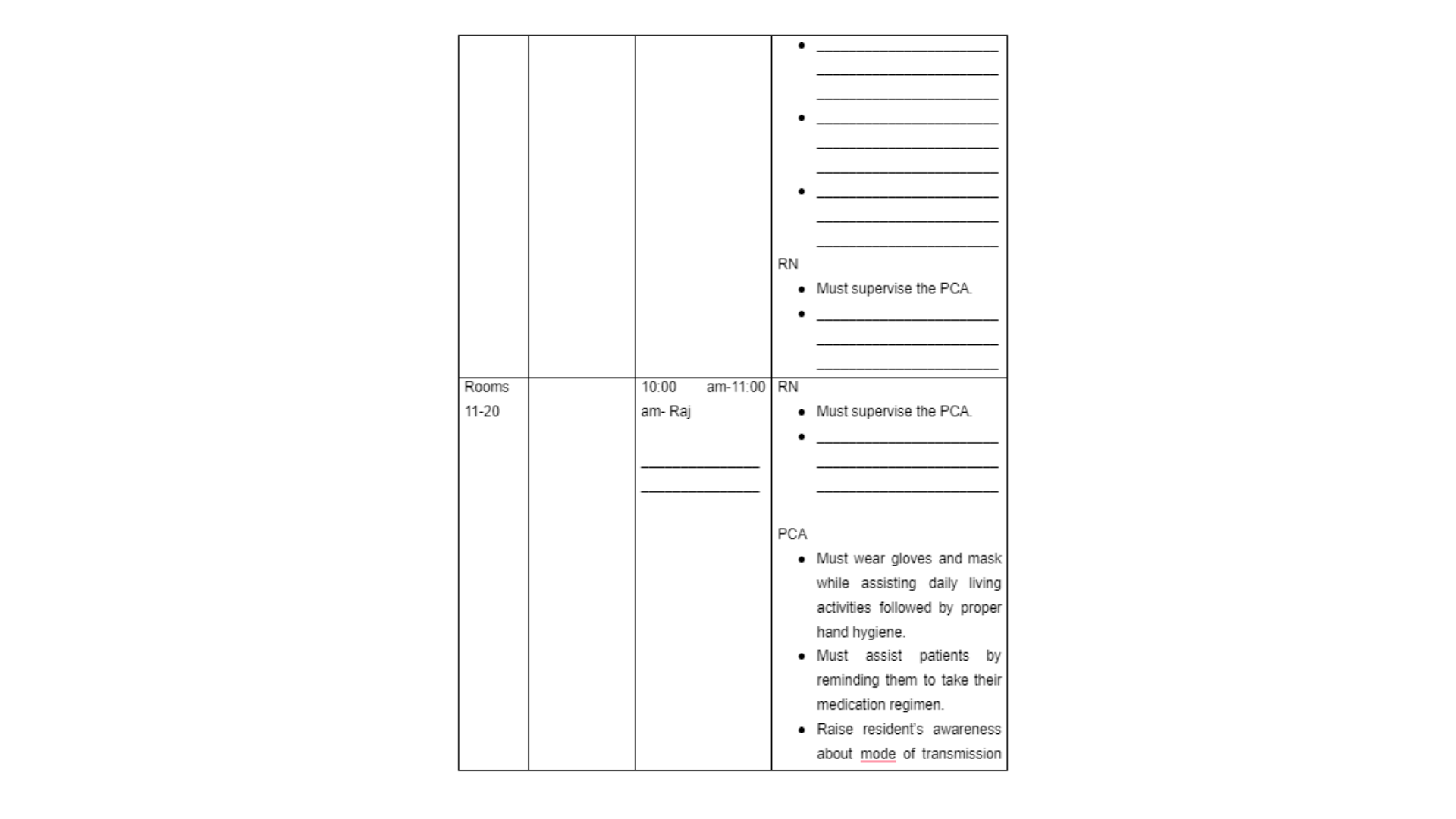
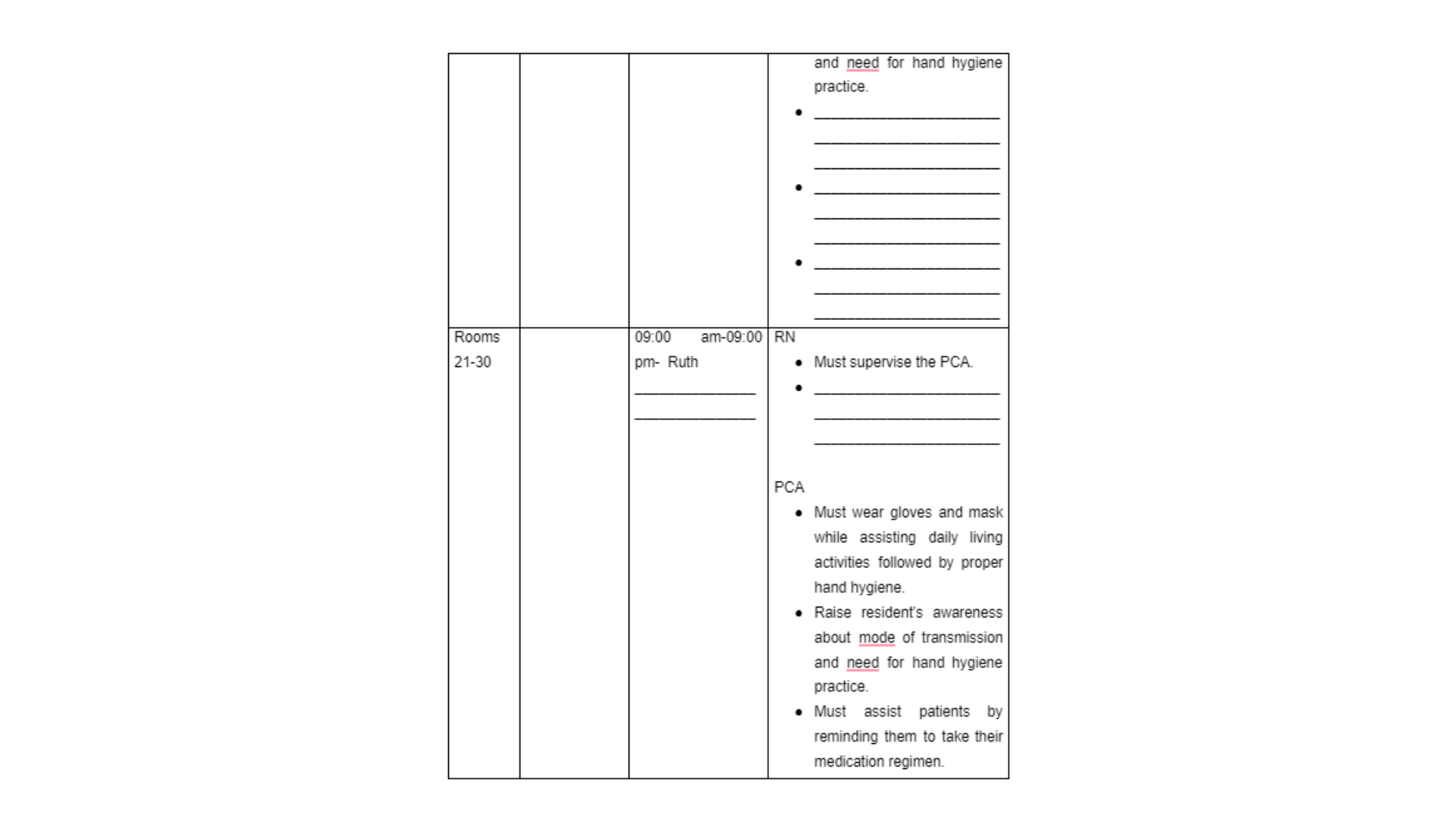
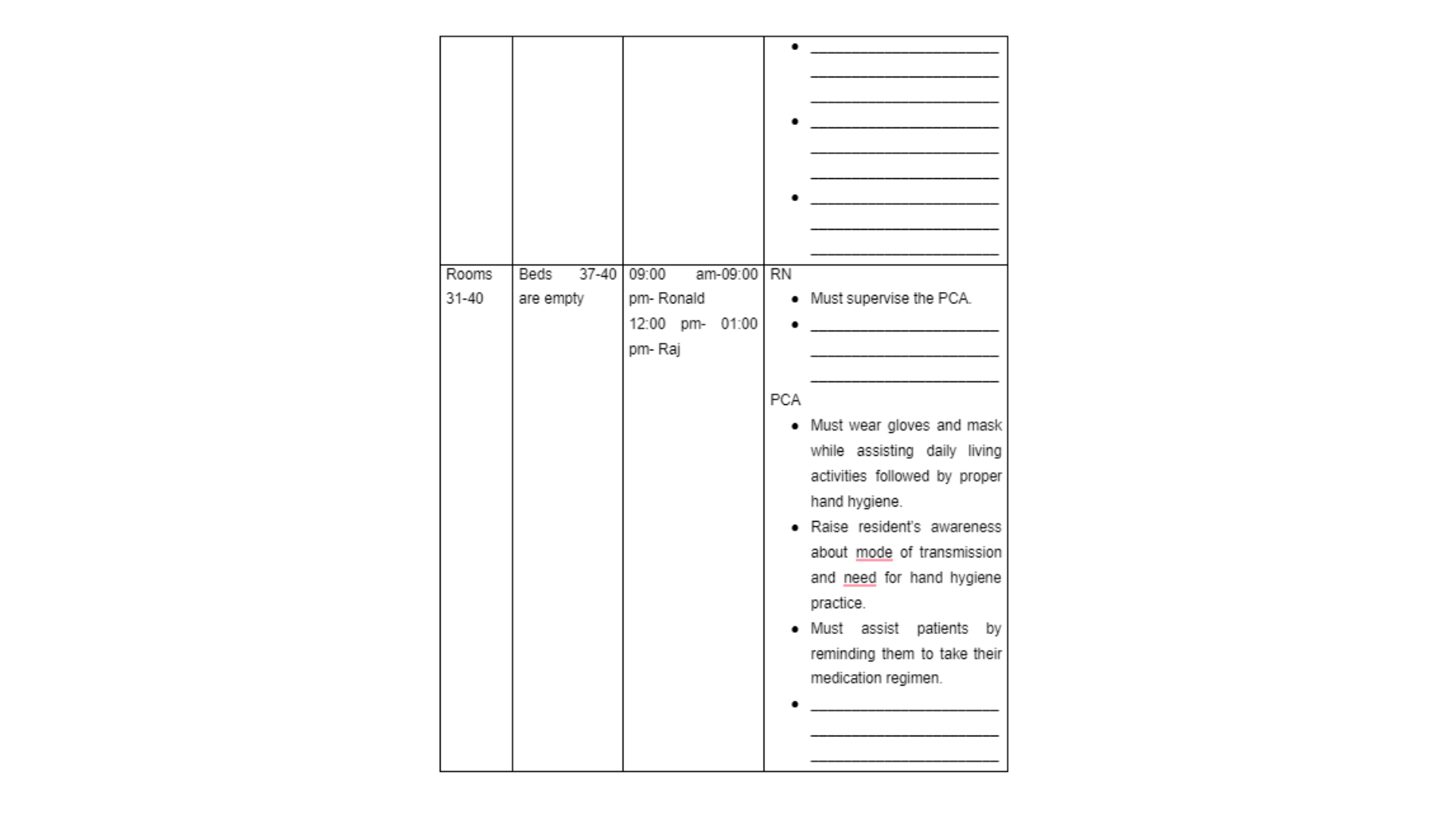
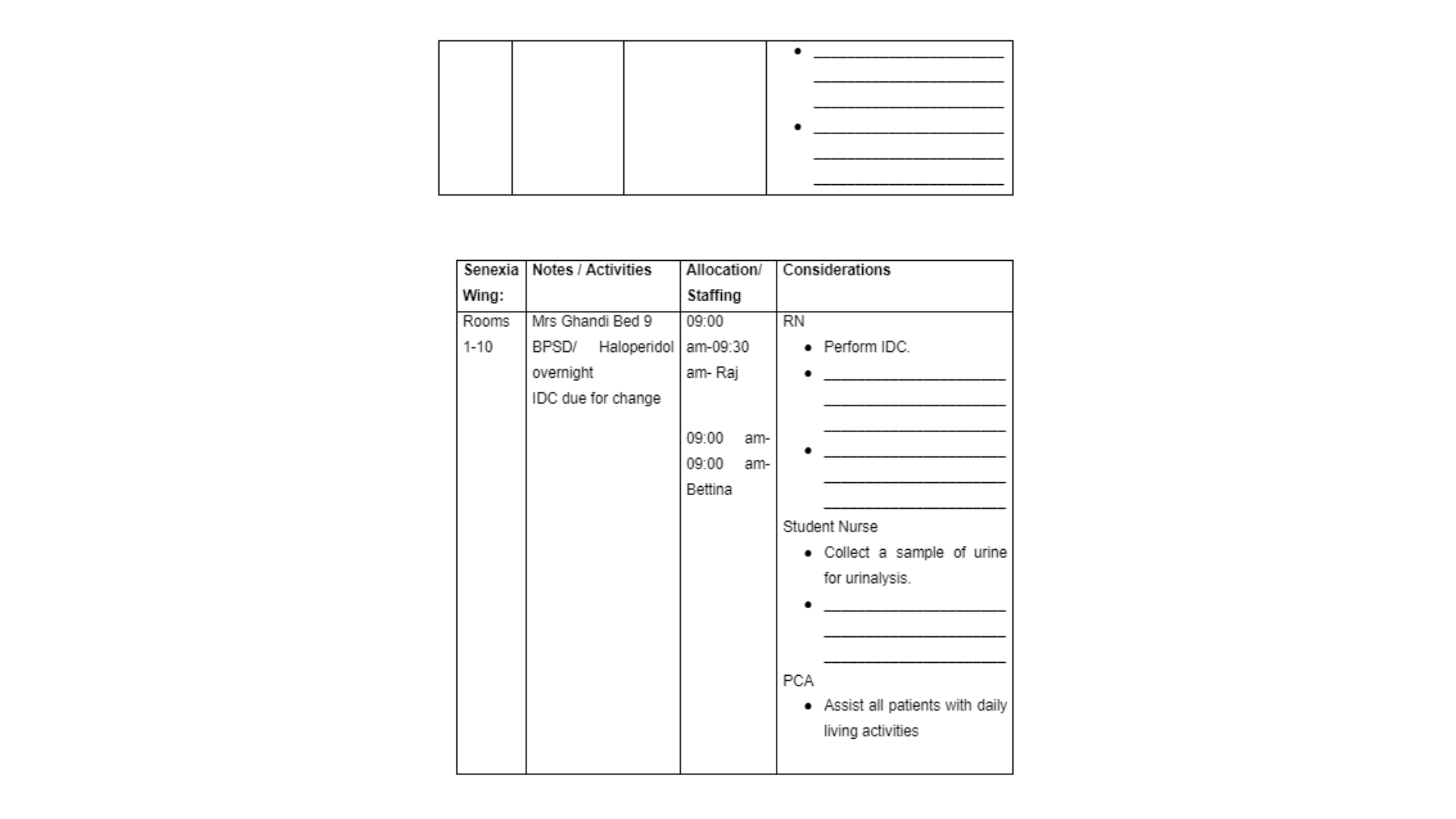
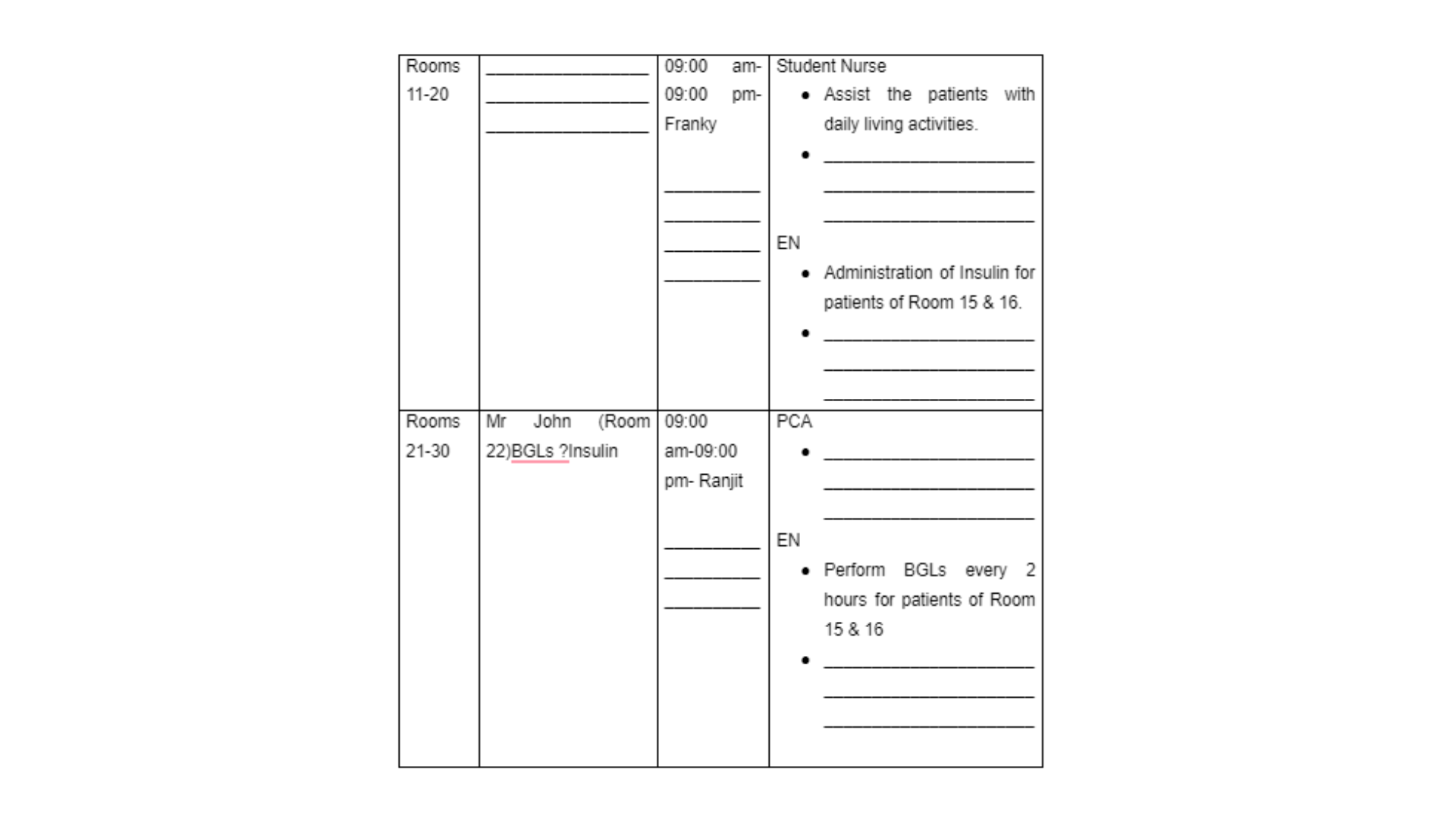

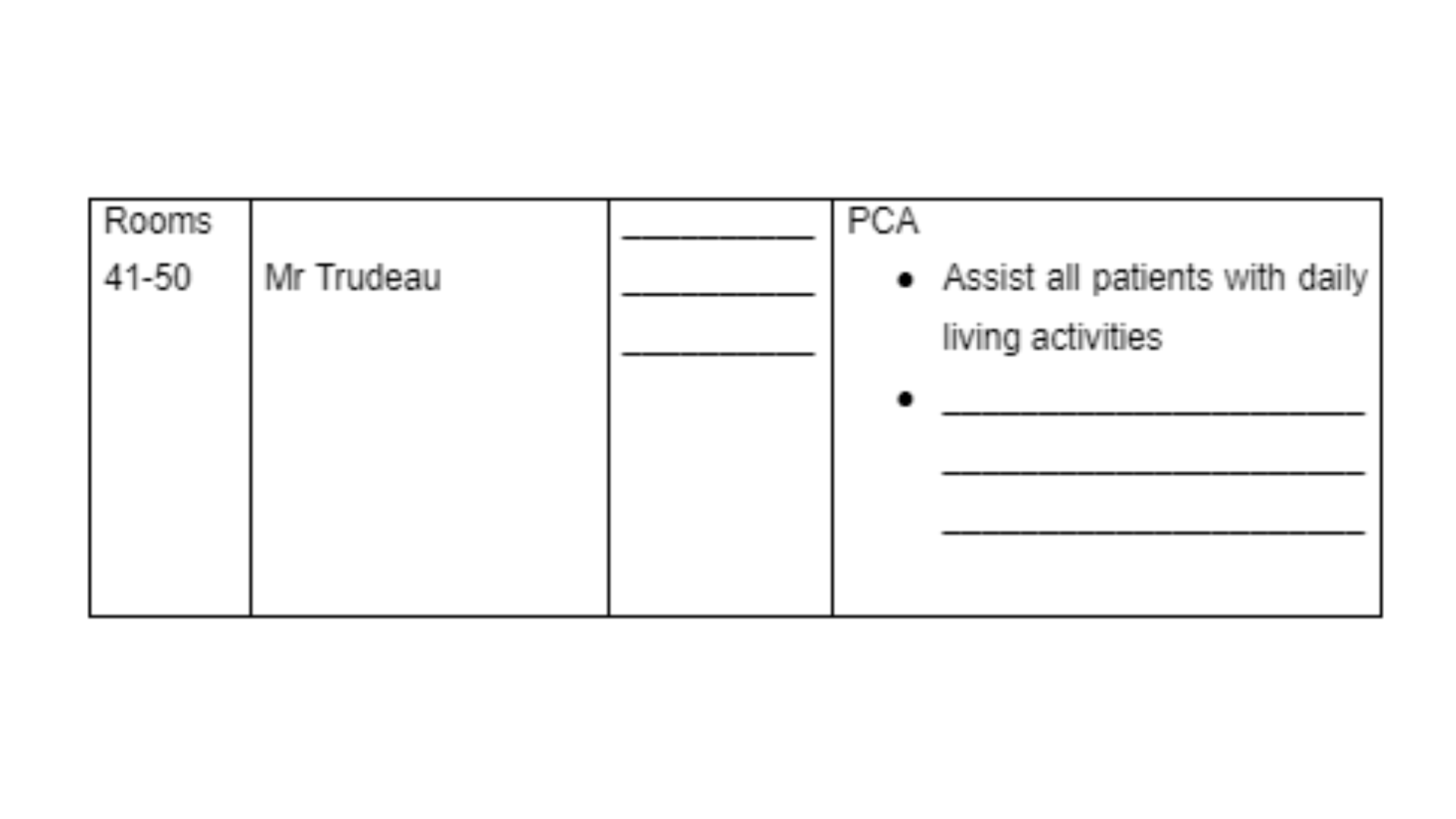
Effective leadership in nursing practice plays an important role as it helps develop a positive work environment, leading to better patient outcomes. It can increase staff satisfaction and improve the functioning of a healthcare organization (Papadopoulos et al., 2021). This essay will examine the leadership role of Raj as a registered nurse by critically examining the attributes and skills required for effective leadership as per the case study.
We have provided only some parts of the table. If you wish to read more, don’t hesitate to WhatsApp us at +447700174710.

RN Leadership attributes and skills
In the next section, the leadership attributes and skills portrayed by Raj are analysed in detail. Our experts have highlighted the skills exhibited by the RN through prioritizing the nursing care for the patients while delegating and supervising work properly among the team members.
First leadership attribute, as evident in the case study, was demonstration of resilience. Resilience is the ability to adapt to the situation under stressful conditions while maintaining a positive outlook in the face of adversity (Walker, 2020). In this case, while creating the shift schedule, Raj developed a shift plan. While recognizing the gravity of the situation he undertook the responsibility of Indwelling urinary catheter (IDC) change of Mrs Gandhi, medication review and Endone administration of Mr Modi himself as per the scope of practice of RN as mentioned in (Australian Health Practitioner Regulation Agency [AHPRA], 2019). Demonstrating his resilience further, he took the responsibilities of supervising patients in room 11-40 followed by complete supervision of patients in room 1 & 2 in order to prevent cross infection. He further set up infection control procedures by reinforcing 5 movements of hand hygiene along with mandatory use of PPE kits by the attending nurses and personal care assistants of norovirus infected patients as per Australian Guidelines for the Prevention and Control of Infection in Healthcare (NHMRC, 2019). Despite the challenges, Raj was resilient and managed to keep the team motivated and focused by providing support and guidance through supervision. This leadership attribute helped him manage his team efficiently during norovirus outbreak using delegation, supervision and coordination for positive patient outcome which is further supported by the Standard 2.6 (NMBA, 2016). Secondly, self-awareness was another important leadership attribute portrayed by Raj during his role as team leader. Self-awareness is the ability of being aware of one’s belief, values and understanding how their actions and decisions may impact others (Sutton, 2016). Raj took supervision rounds to multiple wards to provide guidance, support and direction to personal care assistants (PCA), student nurses and enrolled nurses (EN) as per the Standard 2.6 (NMBA, 2016).
This is only 50% of the solution. To know more, reach out to us at +447956859420.
RN Leadership Roles & responsibilities
The last section elaborates on the roles and responsibilities taken by Raj as a team leader in the clinical scenario. Our experts have also presented an overview of how Raj’s leadership skills were per the NMBA standards for RN practice.
RNs play critical leadership roles in the healthcare setting, particularly in prioritizing care, delegation, and providing supervision to other team members (Stanley, 2022). While planning shifts and delegating team members, Raj made informed decisions while prioritizing patient care and ensured that the most urgent patient needs are met first. The most pressing tasks that required immediate attention were the containment of a norovirus outbreak, Mrs Gandhi’s IDC change, and Mr Modi’s PNR medication review. Firstly, as a leader, Raj implemented the norovirus outbreak control protocol as per Australian Guidelines for the Prevention and Control of Infection in Healthcare, which categorizes it as a ‘very high risk’ situation requiring immediate attention (NHMRC, 2019). He assigned an experienced EN and two PCAs, one for rooms 1 and 2 to assist the EN, and another for rooms 5-10 where the needs of the rest of the patients were met. Raj followed the ANMF guidelines on delegation by RN while delegating duties, which was also guided by the NMBA’s Decision-making framework for nursing and midwifery (NMBA, 2016). Secondly, IDC change was a priority for Mrs Gandhi as she was exhibiting behavioural and psychological symptoms of dementia (BPSD) since early morning. Raj himself undertook the responsibility of IDC change for Mrs Gandhi as he would need to determine the possibility of catheter-associated urinary tract infection (CAUTI). If present, it would need to be catered to in accordance with NMBA standards (NMBA, 2016). Considering Mrs Gandhi’s condition, Raj performed the IDC procedure first thing in the morning using aseptic techniques following the procedure as suggested by NSW guidelines on Insertion and Management of Urethral Catheters for Adult Patients (NSW, 2021). Thirdly, as informed by the night RN, Raj had to review medication for Mr Modi who was given PNR opioid analgesic to relieve his backache.
Want to read more? Don’t hesitate to mail us at onlineassignmentservices1@gmail.com.

